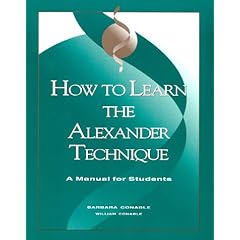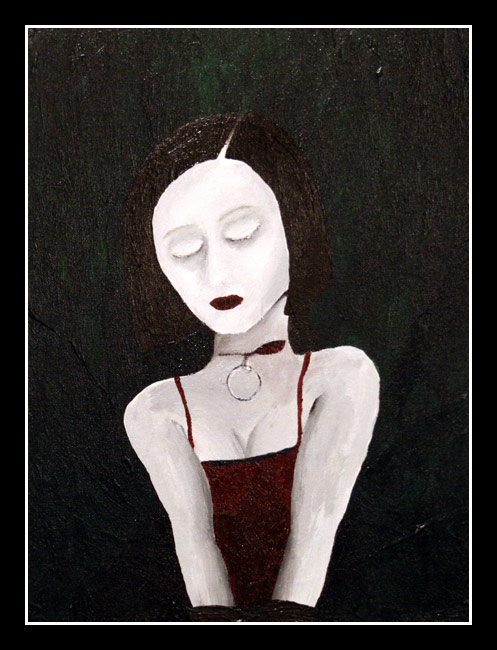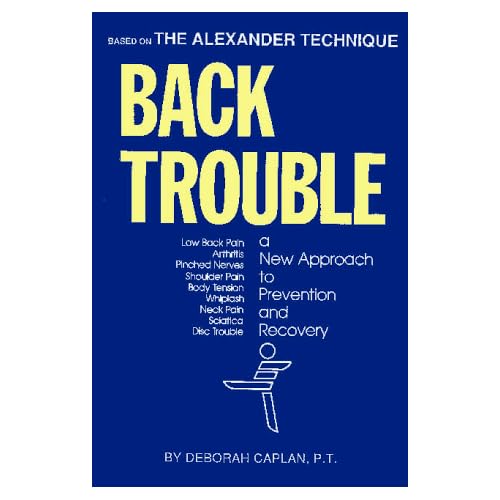
I purchased my first and probably my last Kindle book yesterday. I was exciting when I downloaded my Kindle for PC software recently, thinking it would give me access to Kindle books.

The way I sometimes do things is borrow a book from the library (or more likely interlibrary loan it) read in it a bit and then purchase it.

That’s what happened with Roger Scruton’s interesting little book, “Beauty.”

Since it is a philosophical work of sorts, I had little stickies in it marking passages and containing notes.
I had renewed the library’s copy as much as possible and thought that now would be a good time to buy a Kindle book copy as it was the cheapest way to purchase a copy (including used) at 9.99 (and no S & H since it pops right down to my laptop from the internets).
So I bought it as a Kindle book from Amazon.

Last night I settled in to copy my bookmarks and notes from my stickies when I discovered that the tab marked “Notes and Marks” on the right side bar is only for notes you make with your Kindle reader machine. In the PC version, there is no way to highlight or enter notes.
Frustrated, just for kicks, I checked around to see if there was any way to purchase a copy online that would allow me to do this.
The Barnes and Noble PC reader software apparently allows notes and highlights. But Barnes and Noble did not offer an ebook version of the text.

Ebooks had the text. It could be read by Adobe’s digital reader which is actually quite nice and beats the shit out of Kindle with it’s lovely print and ability to reproduce illustrations nicely.

However, the cost of the ebook was $19.95. Which is the list price of the hard copy. Amazon at least will sell you a hard copy for 14.36 and also links into copies for as cheap as 12.37. Good grief.
I found this article from last year (“Kindle for PC: A Rough draft at best by Harry McCracken – link) which details these very weaknesses of Kindle for PC software. Ah well. This seems to be more and more usual. As a consumer I am blocked and frustrated in ease of use. The result is that people who are supposedly trying to make money selling me stuff are convincing me I don’t need their product. Just an observation. If Kindle updates its software of course I will reconsider.
An odd thing happened to me yesterday with the Alexander Technique stuff.

When Eileen left for work, I was quite upset. Frustrations with people at church and other stuff. Eileen was sympathetic but I was in a typical Jupe tizzy.
I proceeded to put myself into the position my AT teacher taught me.

This is very interesting because I am not doing “relaxation” as I do this. I am at most noticing where my body is, how my back and hips touch the ground, and how my head is positioned. I did still my mind a bit but nothing very deep. I only paid attention to how long I was doing this. I had decided ten minutes of this was about right.
At the end of ten minutes of this (my teacher insisted that it is an activity and I think he is right), I noticed another thing. I was not as upset. It might seem obvious that physical stillness can engender emotional calm, but for me it was surprising.

I popped up and did my treadmilling. While treadmilling I read in Barbara Conable’s book, “How To Learn the Alexander Technique.”

I was bemused to read in the section entitled “Kinesthesia is Only One Element in Body Awareness” that she had a subheading for “Emotion” which begins
“Emotion, whatever else it is, is a sensation. When a wave of fear or anger or joy sweeps over us we experience it at least to some degree as a wave of sensation. Students differ in their interpretation of that sensation, especially in the relationship they believe it has to their tensing. Some say that tensing is an expression of their emotion, others that it is a resistance to it.”
Wow. This was what I had just experienced. A physical cessation of tension led me to a change in emotional feeling. I had begun the day with a bit of depression in me. My frustration had increased the intensity of my feelings. After doing the AT positioning with very little conscious mental direction about muscular tension or mental concentration, I had lost much of the emotional intensity. The depression remained but more as a background than a foreground experience. And only slightly there. As it is even now as I write.

Later Eileen asked me questions about this and Alexander Technique. I showed her the position (which is so simple as to be almost embarrassing). I read her a couple of passages in the Conable book.
She decided to check out the book that Conable recommends for people with Back Pain by another AT teacher and physical therapist: “Back Trouble” by Deborah Caplan.

This morning we agreed that the next time I get an opportunity to take a lesson from my teacher, I would try to schedule her a session as well.
At 55 bucks a pop, we can’t afford more than a couple of these. But still I think I would benefit from one more session before summer. And would like to see Eileen get in a couple.